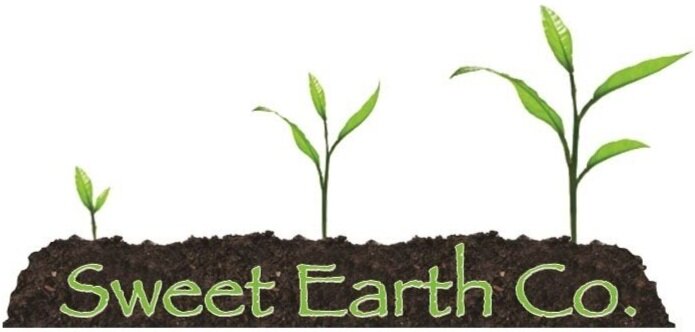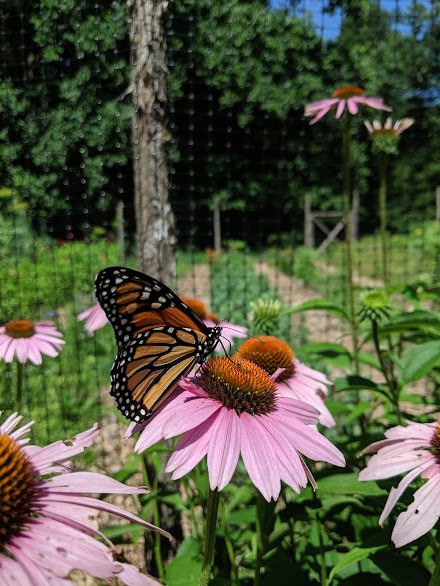7 Benefits Native Plants Bring to Your Landscape
When it comes to gardening, it’s important to consider growing native plants. Native plants play a big role in living and gardening sustainably. Before we dive into the benefits of native plants, let’s take a look at what native plants and sustainability really mean in this context.
What is sustainability?
The dictionary has several meanings for the word sustainability, some of which include ideas like maintain, support, endure, and withstand.
For our purposes, let’s define sustainability as the idea that we must act responsibly about the things we do and the products we consume in order to be able to support the billions of people on this planet forever.
There are limited resources in the world that we must use in order to produce houses, cars, computers, and pretty much everything else. We need to understand that our actions have a lasting effect on the environment and we should protect it for our future generations. It is vital that we act responsibly and sustainably.
What are native plants?
Also called indigenous plants, they are plants that have evolved over thousands of years in a particular region, adapting to the ecosystem, geography and climate of that region. As a result, communities with healthy populations of native plants are more sustainable and resilient, producing cleaner water and a diversity of wildlife in a thriving ecosystem.
So, what are the benefits of gardening with native plants? In addition to the beauty they bring to your landscape, you can feel good about these 7 benefits they provide:
Benefit #1 — Save Water
Native plants are acclimated to local weather patterns and rainfall. Once planted and established, they require minimal additional watering beyond normal rainfall. Native plants are definitely a smart choice for water conservation, saving you time and money as well!
Benefit #2 — Require Less Maintenance
Utilizing native plants in your landscaping will help reduce the amount of additional maintenance needed to keep your property looking great. Native plants typically do not need fertilizers, pruning, or pesticides to flourish in your garden.
Benefit #3 — Reduce Pesticides
Native plants have developed their own defenses against many pests and diseases, and they support beneficial insects which help to counteract insect pests, negating the need for pesticides. Numerous beneficial insects, such as butterflies and pollinating bees, depend on native plants. Since pesticides kill indiscriminately, using fewer pesticides ultimately benefits beneficial insects.
Benefit #4 — Improve Water Quality
Lessening the use of fertilizers and pesticides is beneficial to the water quality of our waterways. When it rains, storm water collects these chemicals and excess nutrients which are then conveyed into area streams, rivers, and lakes. Too many chemicals and nutrients in our waters can have negative consequences, limiting safe and healthy waters to swim, fish, and drink.
Benefit #5 — Invite Wildlife
Native plants occur in communities where they have coevolved with other local flora and fauna. As a result, native plant communities provide excellent habitat for a variety of local wildlife, such as songbirds and butterflies, and are a key part of the food chain.
Benefit #6 — Support Biodiversity
Diversity in an ecosystem is imperative for sustainability. Habitat biodiversity creates a variety of food and shelter options, ensures a system of checks and balances that withstand environmental stresses, and promotes the health and resiliency of life.
Benefit #7 — Prevent Invasives
The use of only native plants in your landscape helps limit the chances that potentially invasive, exotic plant species will be introduced into the environment around your home. Many of the invasive, exotic plant species present in our natural areas today were introduced as landscaping plantings many decades ago. Continued introduction of new exotic plants into suburban landscapes will result in many new invasive plants in the future.



